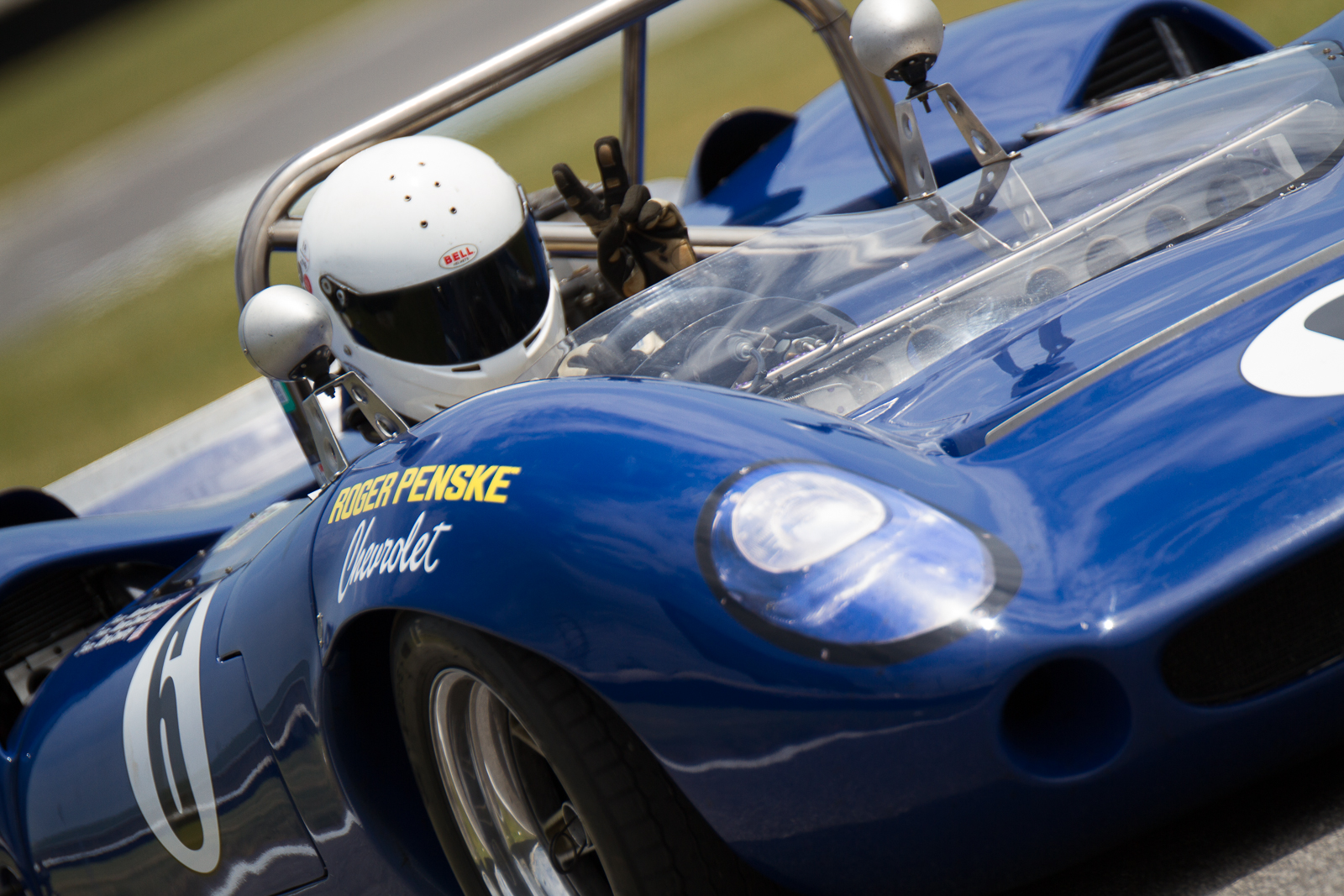Beyond Feature Creep

I just read a thought-provoking article on Fstoppers written in defense of Canon — specifically, their perceived lack of innovation lately. In case you’re not a camera news junkie, there have been quite a lot of really impressive cameras announced by Nikon, Sony, and others recently, and with each new competing camera apparently moving the performance bar, Canon faithful are left wondering when (or if) Canon will have answers.
As reviews and DxO scores have poured in, some Canon shooters have even abandoned their Canon setups — often turning to one of Sony’s excellent new mirrorless cameras. As much as I’d like to say I’m immune from this hubub, the truth is that it’s always felt sort of nice to know that Canon’s equipment is second to none, and I’d also like to see that the investment I’ve made in Canon glass will remain relevant.
But as pointed out in the article, there’s a lot more to camera performance than dynamic range and resolution. I’ve picked up Nikon & Sony cameras from time to time, and I’ll be damned if I can figure out the controls and interfaces, so there’s that. I realize that some of this is just familiarity, and if I’d learned on a Nikon, I might be saying the same thing about Canon… or maybe not.
If you consider a camera as a tool, I give mine high marks for getting out of the way and doing what I ask of it — without me stopping to think about what I’m trying to accomplish. I can’t overstate how much this matters when it counts — no image spec in the world will matter if you’re flipping through a menu trying to get your settings right when you need to get the shot. I haven’t done a rigorous survey of switchers, but I wouldn’t be surprised if a lot of them are working in disciplines like portraits or commercial photography where they can trade a couple seconds of camera control fiddling for some extra dynamic range or resolution. I can’t really make that trade.
Then, there’s reliability. My first Canon DSLR was a used 30D. I kept it for about a year before selling it and moving to a used 40D. Zero problems with the 30D. I shot with the 40D for about four years; according to Lightroom, I put about 38,000 shots on it in that time, and I bet less than a quarter of those were indoors. I drug that camera out in the beating sun and biting cold. Mist, dust, humidity, bumps and thumps. I never dropped it or really soaked it, but I sure didn’t baby that camera. I hauled it just about everywhere I went, including a ten-day, 100-mile hiking trip in New Mexico. Problems? Sure. Eventually, the pop-up flash only popped up if I helped it up with a fingernail. I passed that camera on to my son, who used it for a while, and I eventually put a scratch on the sensor’s IR filter trying to clean it in the field, but it lived on for a while as a backup for me.
After the 40D, I upgraded to a 7D and put around 118,00 shots on that. Again, absolute money every single time I turned it on. I managed to make it unhappy once when I shot through a rainstorm. I popped out the battery and left it to dry, switching back to the 40D for a while, and the next day, the 7D was good as new.
I know my experience doesn’t mean there aren’t any Canon owners out there who’ve experienced failures, but I can assure you I appreciate the reliability of this equipment under frequently unfriendly conditions, and as much as I depend on my cameras working, I still occasionally marvel at the way they just motor on while I’m hot, cold, wet, dirty, and beat.
So, yeah, I’d love to see Canon rock a world-beating DxO score with their next camera, but I’m glad they ace the stuff that’s really important to photographers.
